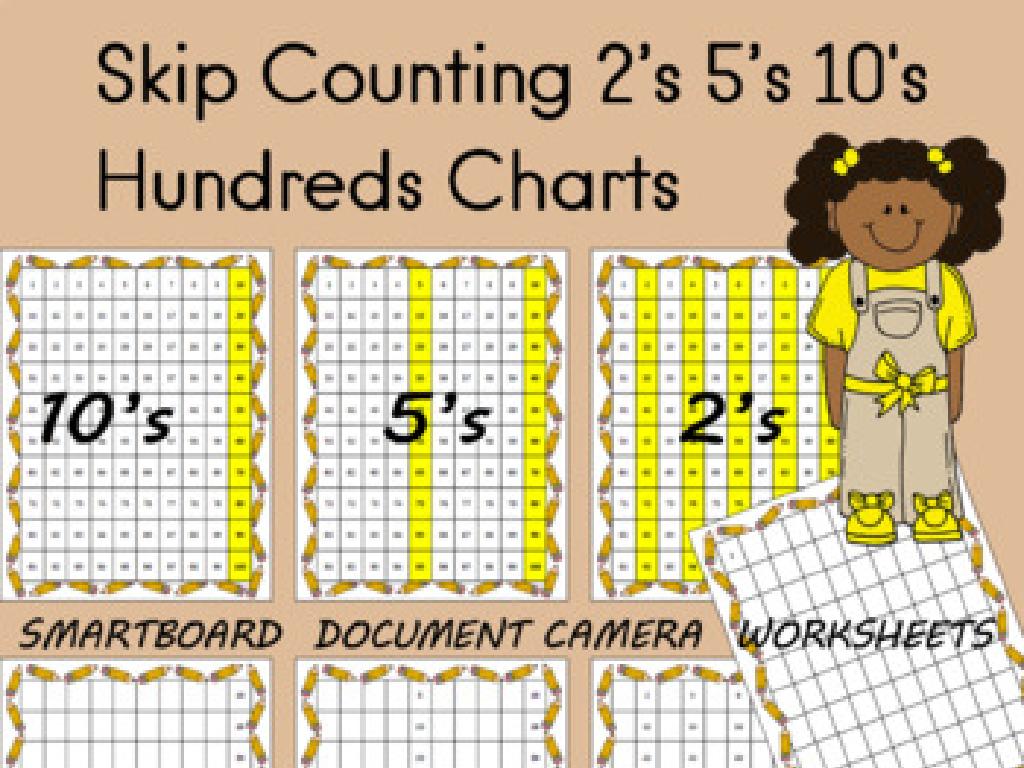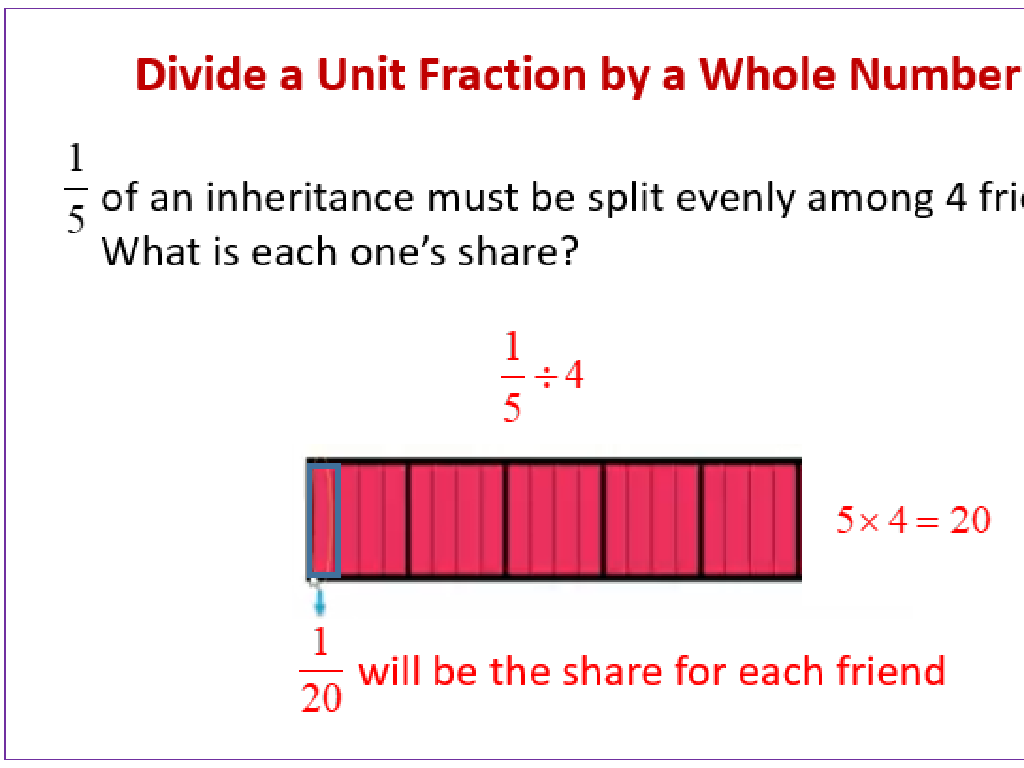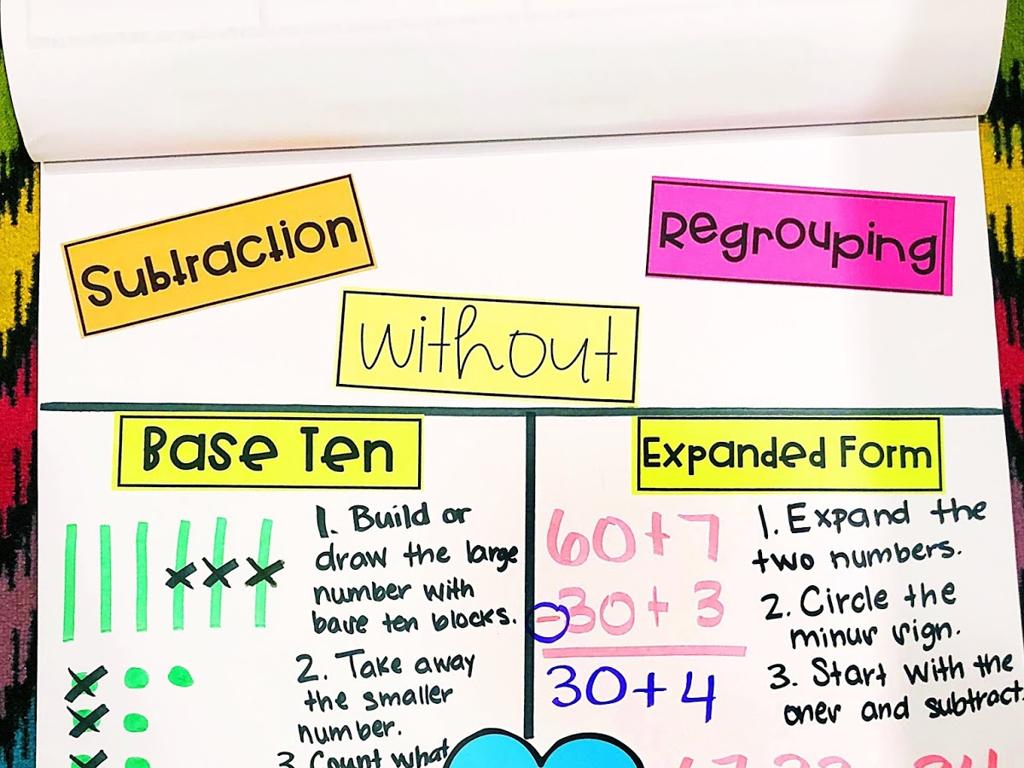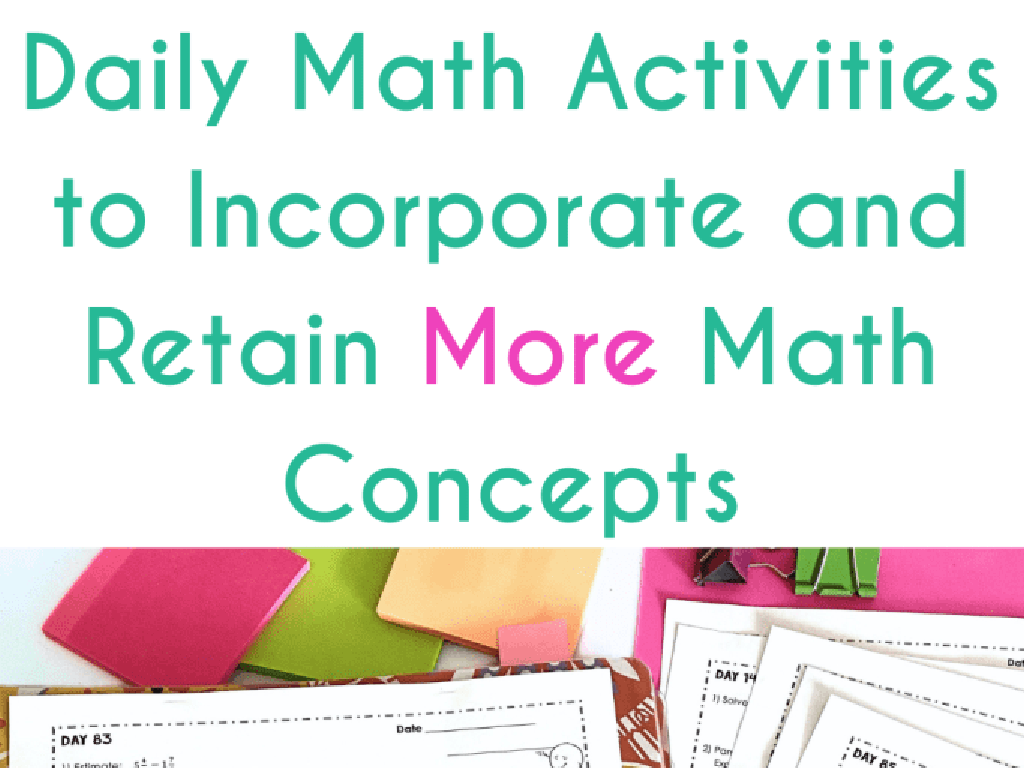Which Two Words Have The Same Ending?
Subject: Language arts
Grade: Pre-k
Topic: Rhyming
Please LOG IN to download the presentation. Access is available to registered users only.
View More Content
Welcome to Rhyming Words!
– Discover words with same endings
– Words that sound alike
– Like ‘cat’ and ‘hat’ sound similar
– Rhyming is fun and educational
– Rhymes enhance phonemic awareness
– Let’s find rhyming pairs together
– We’ll match words like ‘bee’ and ‘tree’
|
This slide introduces Pre-k students to the concept of rhyming words, emphasizing the enjoyment and educational value of finding words that sound the same at the end. Start by engaging the children with familiar examples and encourage them to come up with their own rhyming pairs. Explain that rhyming helps us learn about sounds and improves our language skills. During the class, facilitate activities where students can match or identify rhyming words, such as a rhyming memory game or a rhyming scavenger hunt. This will help them develop phonemic awareness in a playful and interactive way.
Rhyming Words Fun
– What does rhyming mean?
– Rhyming means words sound the same at the end.
– Words with the same ending sound
– Like ‘cat’ and ‘hat’, they both have ‘at’.
– Examples: ‘cat’ and ‘hat’
– ‘Dog’ and ‘log’ also rhyme, they end with ‘og’.
– Listen and find rhymes
|
Introduce the concept of rhyming to the students by explaining that rhyming words have the same ending sounds. Use simple and familiar words to illustrate this concept, such as ‘cat’ and ‘hat’. Engage the students by listening to words together and identifying which ones rhyme. Activities can include a rhyming game where students pick out words that rhyme from a list, or a song with rhyming words. Encourage the students to come up with their own examples of rhyming words. This will help them develop phonemic awareness, which is crucial for early reading skills.
Listening to Rhymes: Do These Words Rhyme?
– Listen to the words I say
– Thumbs up if they rhyme
– Let’s practice with examples
– For example, ‘cat’ and ‘hat’, ‘bee’ and ‘tree’
– ‘dog’ and ‘log’ – Do they rhyme?
– Both end with the ‘og’ sound
|
This slide is designed to engage Pre-k students in a fun and interactive rhyming activity. Start by explaining that rhyming words have the same ending sound. Demonstrate with words that clearly rhyme and encourage the children to listen carefully. Use the thumbs up gesture as a visual and kinesthetic cue to indicate rhyming pairs. As you say each pair, like ‘dog’ and ‘log’, pause to give students time to respond. Praise correct responses to reinforce learning. Prepare a list of rhyming words to practice with the class, ensuring they are simple and familiar to the students. This activity will help develop listening skills and phonemic awareness, which are crucial for early reading development.
Matching Rhyming Words Game
– Let’s play a rhyming game!
– Look at the pictures I show you
– Find two pictures that rhyme
– For example, ‘cat’ and ‘hat’ rhyme because they both end with ‘at’
– Rhyming words sound the same at the end
|
This slide is designed to introduce Pre-k students to the concept of rhyming through a fun and interactive game. Show the children a series of pictures and ask them to identify pairs that rhyme. Emphasize that rhyming words have the same ending sound, which is a crucial aspect of early phonological awareness. Encourage the children to say the words out loud to hear the rhyming sounds. This activity will help them develop listening skills and phonemic awareness, which are foundational for reading. Be prepared with a set of rhyming picture cards or a digital slideshow of images that can be easily recognized and pronounced by Pre-k students.
Rhyming Word Pairs
– ‘Sun’ and ‘fun’ rhyme
– Words that have the same ending sound
– ‘Bee’ and ‘tree’ rhyme
– Words that have the same ending sound
– Practice saying them aloud
– Can you hear the rhyme? Try it!
– Let’s find more rhyming pairs!
|
This slide is designed to introduce Pre-k students to the concept of rhyming words. Start by explaining that rhyming words are words that have the same ending sound. Demonstrate with the examples ‘sun’ and ‘fun’, ‘bee’ and ‘tree’, emphasizing the ending sounds. Have the students repeat the words after you to practice their pronunciation and to become familiar with the concept of rhyming. Encourage the children to listen carefully to the sounds to identify the rhyme. After practicing with these examples, engage the students in a fun activity where they find more pairs of words that rhyme. This could be done through a classroom rhyming hunt or by using picture cards. The goal is to make the learning experience interactive and enjoyable.
Creating Our Rhymes
– Think of one word
– Find a rhyming word
– Words that sound the same at the end, like ‘cat’ and ‘hat’
– Draw your rhyming words
– Use colors to make your pictures fun!
– Share with the class
|
This slide is for a class activity where students will engage in creating rhymes, which helps them understand phonetic patterns and develop phonemic awareness. Encourage the children to think of simple words they are familiar with and then find another word that sounds the same at the end. Provide examples like ‘dog’ and ‘frog’ or ‘sun’ and ‘run’. Once they have their pair of rhyming words, they can draw pictures representing each word. This visual association reinforces their understanding of rhymes. After completing their drawings, create a sharing time where each child can present their rhyming words and artwork to the class. This activity fosters creativity, confidence in speaking, and listening skills as they hear the rhymes their classmates have come up with.
Class Activity: Rhyme Time!
– Listen to the teacher’s word
– Find a rhyming object
– Look around, think of words that sound similar
– Bring it to the circle
– Let’s make rhymes together!
– We’ll create a list of rhyming words as a class
|
This interactive activity is designed to help Pre-k students understand the concept of rhyming by associating it with familiar objects in their environment. Start by clearly pronouncing a word and then encourage the students to look around the classroom for an object that rhymes with that word. As each student brings their chosen object to the circle, write down the word it rhymes with on the board. This will create a visual list of rhymes that the class has come up with together. Make sure to assist students who may struggle to find rhyming objects. The goal is to make learning fun and to reinforce the students’ ability to recognize rhyming patterns. Possible words to use: cat, hat, mat; dog, log, frog; bee, tree, knee.
Rhyme Time Roundup
– Celebrate finding rhymes
– Rhyming builds vocabulary
– Rhymes make learning words fun and easy
– Listen for rhymes daily
– Rhymes are all around us in songs, stories, and conversations
– Keep practicing rhymes
|
This slide is meant to wrap up the lesson on rhyming words. Congratulate the students on their success in identifying rhyming words. Emphasize the importance of rhyming as a tool for learning new words and sounds, which is a critical part of language development. Encourage them to continue listening for rhymes in everyday life, such as in music, books, and even in their conversations with friends and family. This will help reinforce their understanding and recognition of rhyming patterns. Suggest to parents to read rhyming stories at home and engage in rhyming games to further support their child’s learning.





